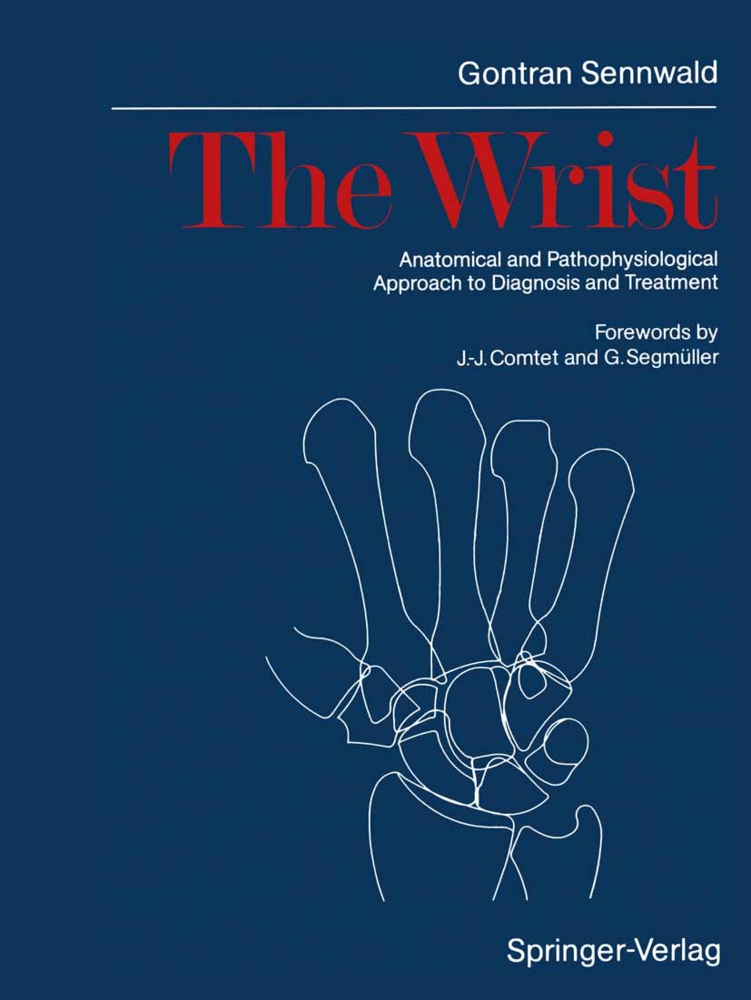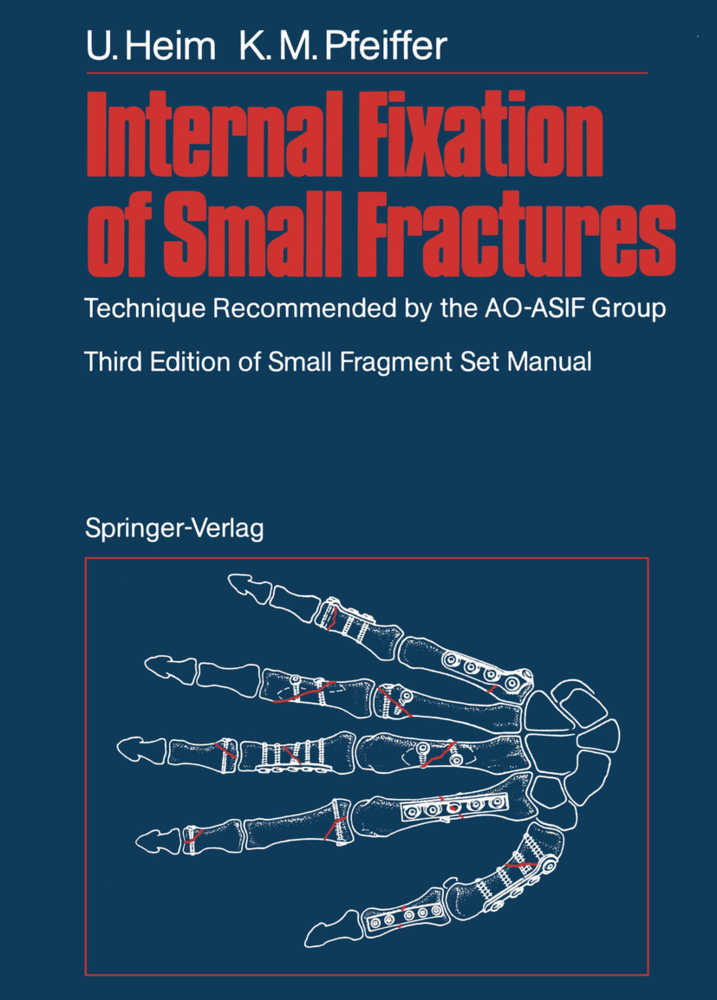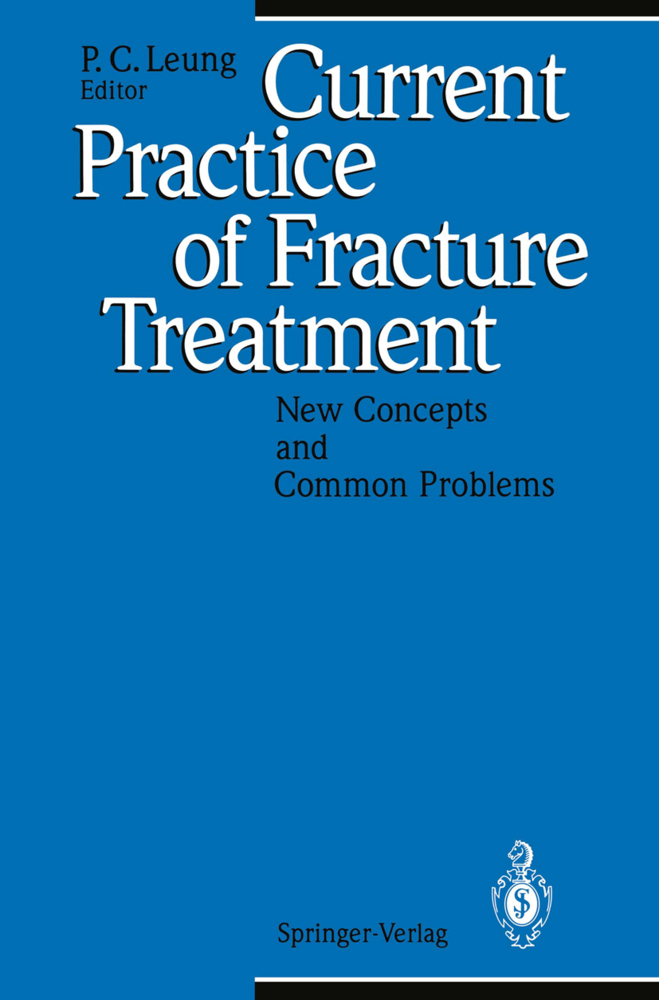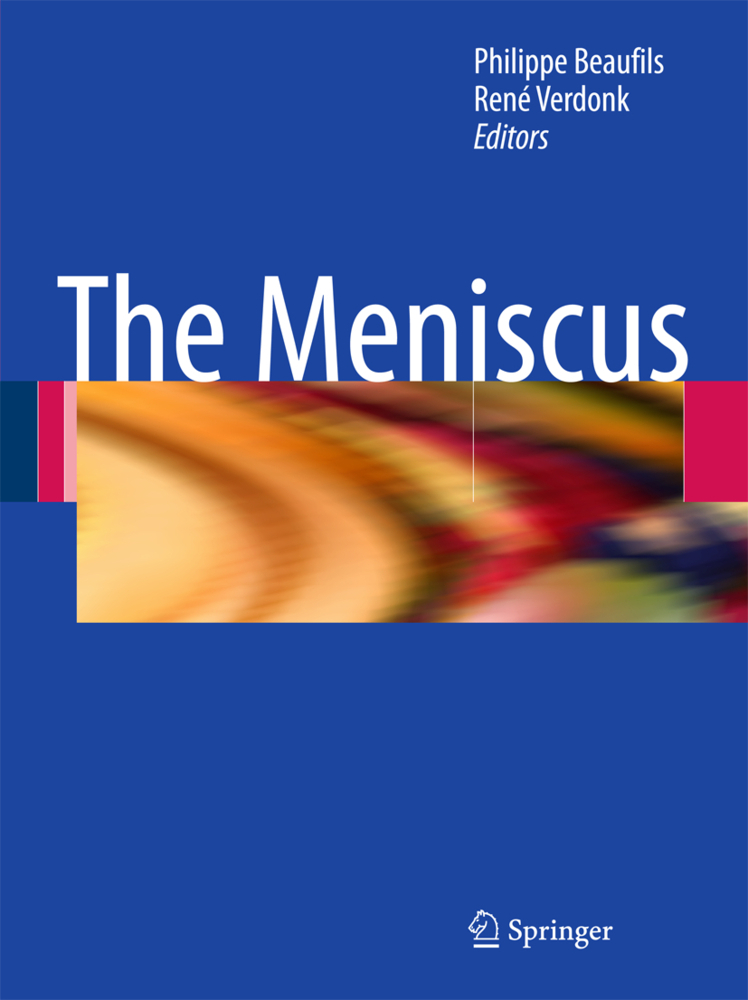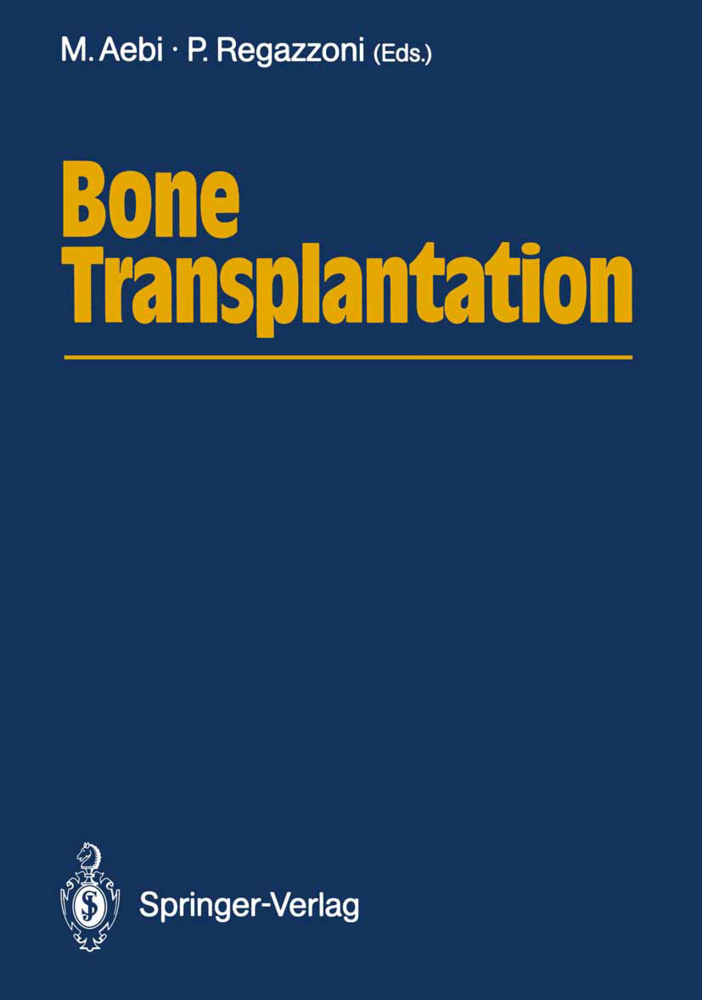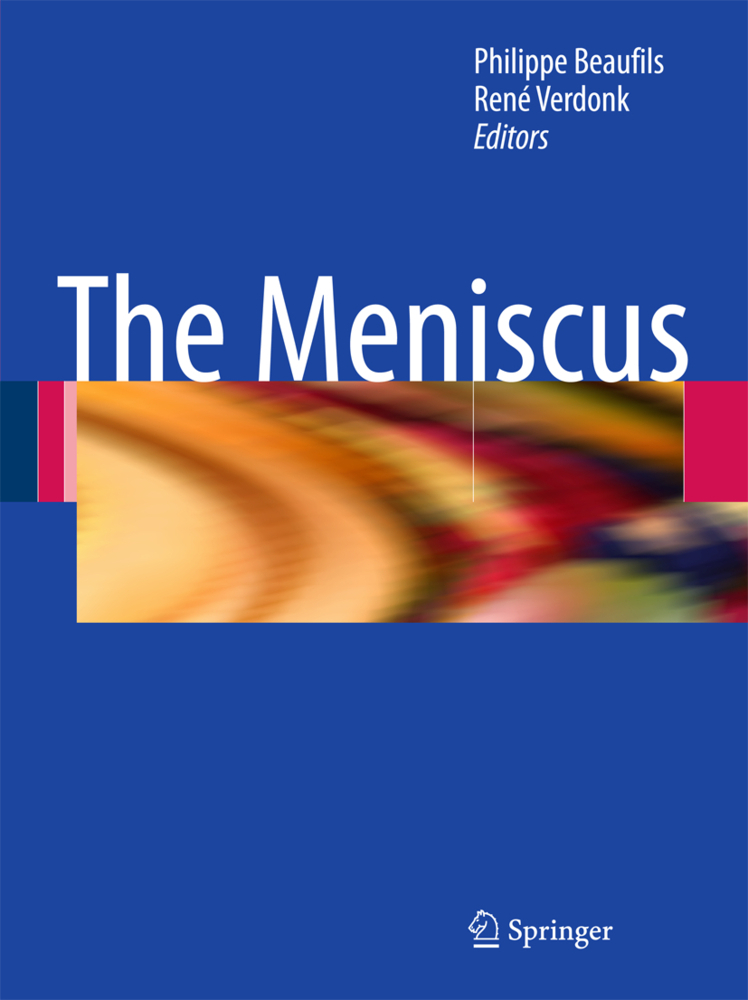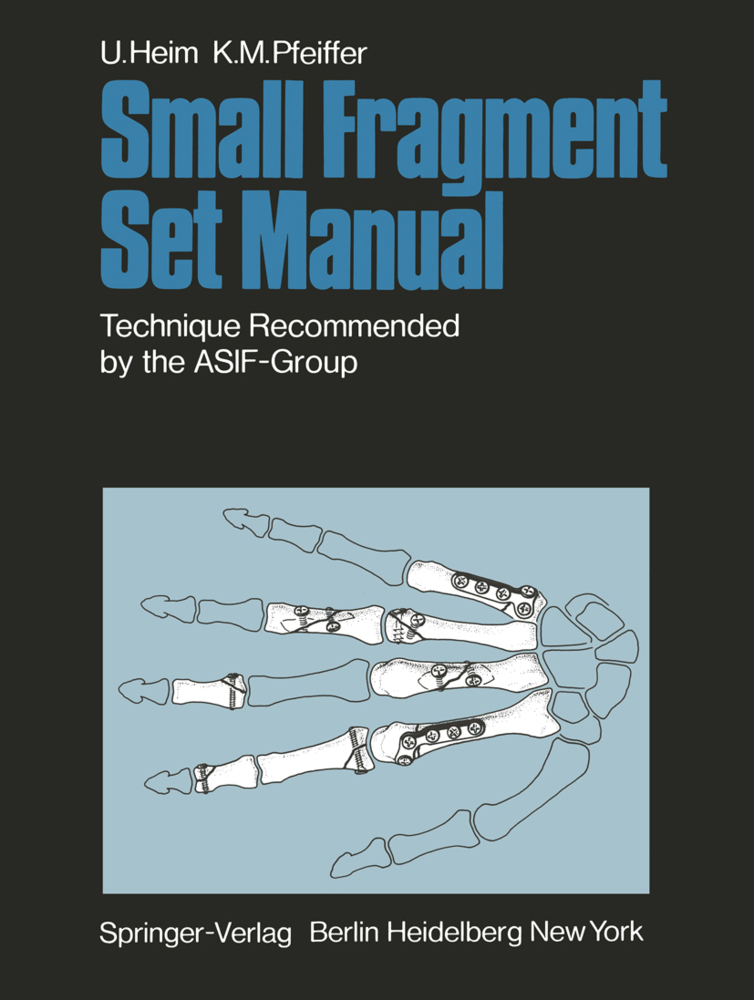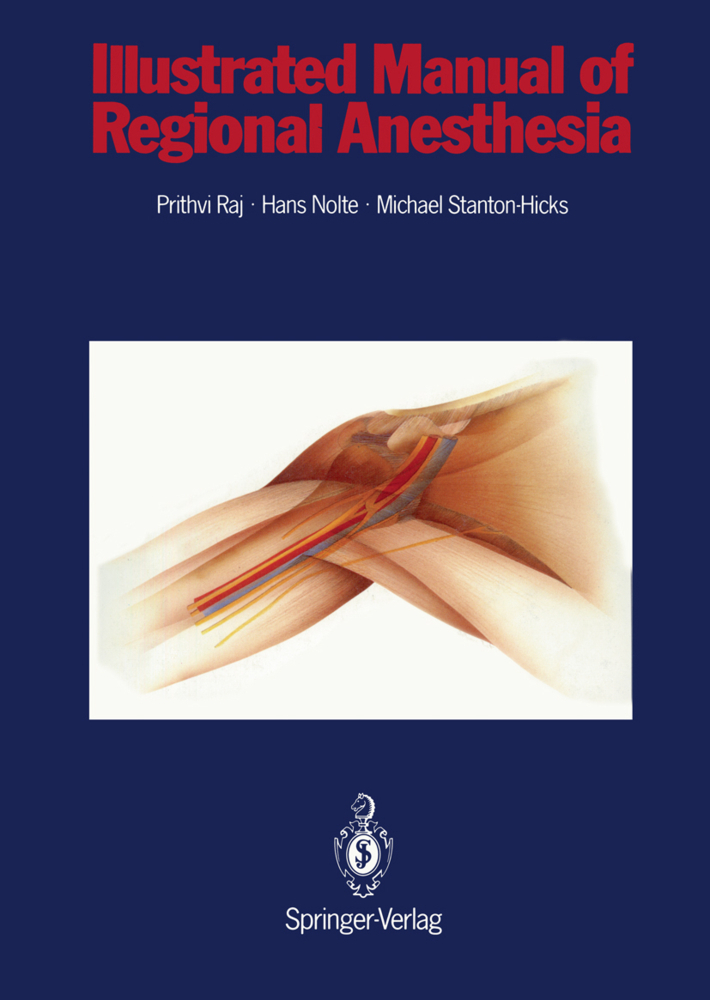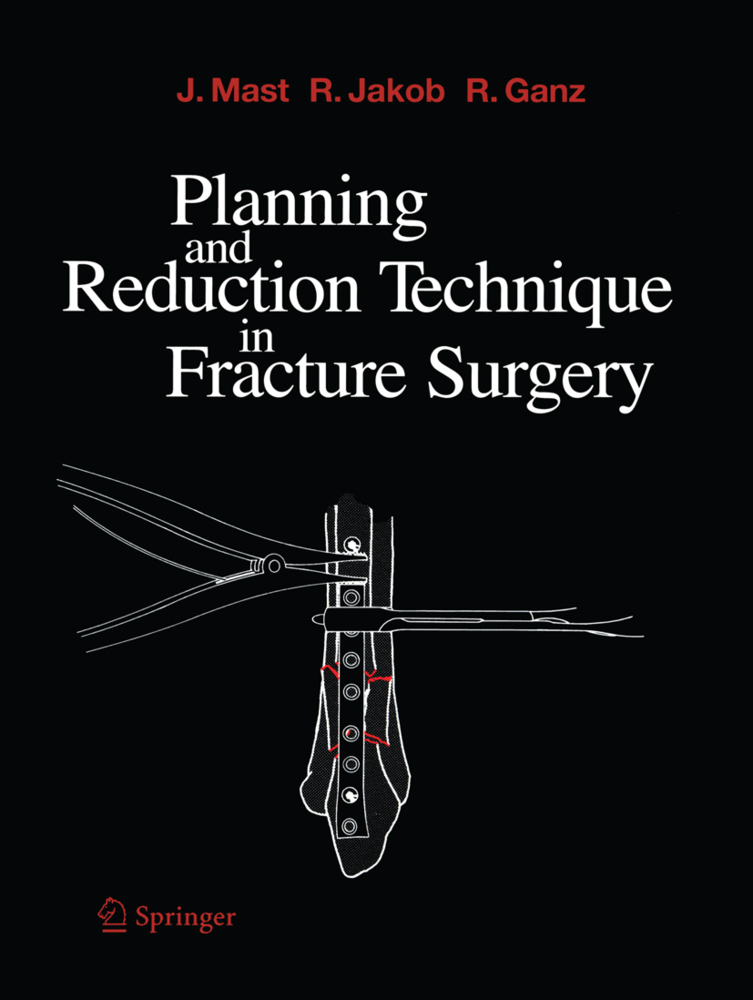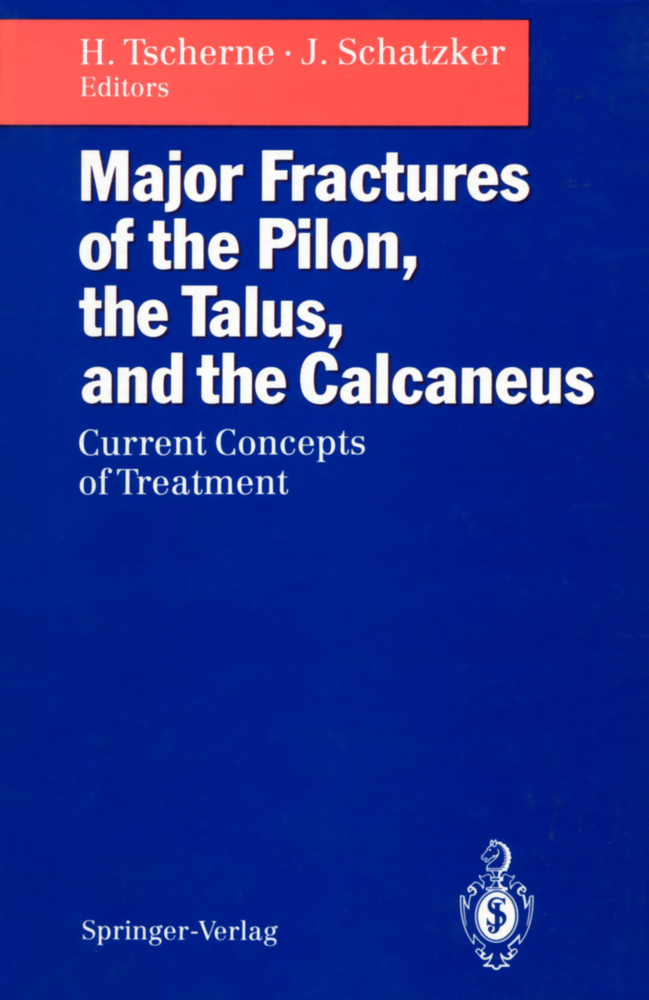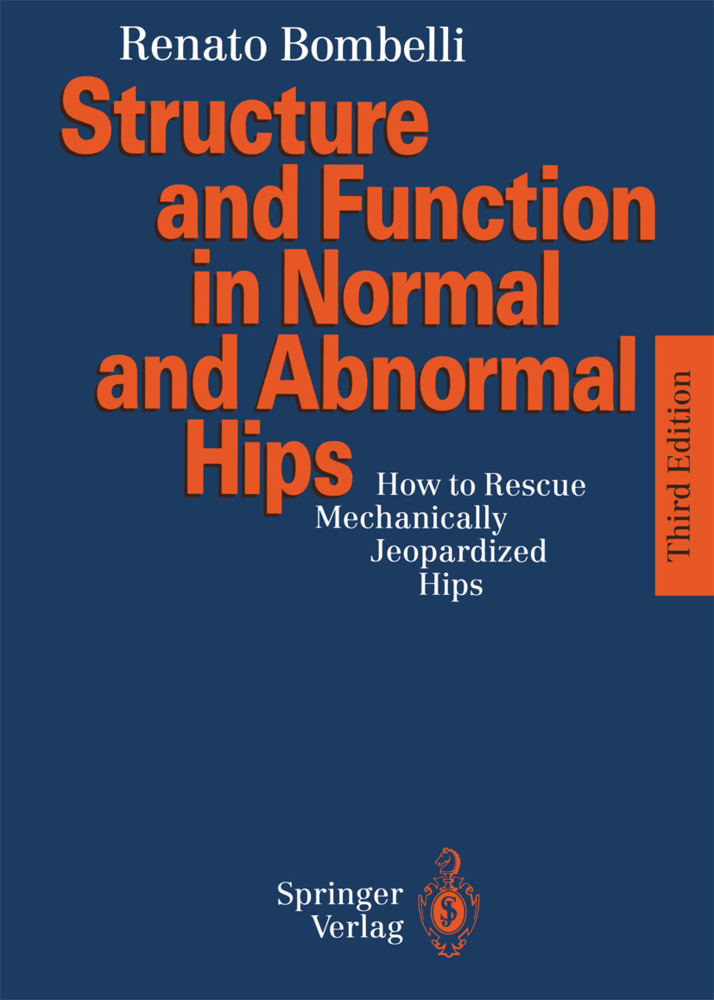The Wrist
Anatomical and Pathophysiological Approach to Diagnosis and Treatment
The Wrist
Anatomical and Pathophysiological Approach to Diagnosis and Treatment
In thc space of ooly a few years, reconstructive surgery of the skeleton of the hand has become a foeus of attention. Thc reason for this has been the advent of principles and techniques of stable internal fixation, tbc unparaJleled advantages of which are particularly evident in the treatment of the complex, multi structural lesions so typical of injuries of the hand, and also in procedures such as replantation or revascularisatioß. What a striking contrast on the other hand is to be seen in the slow and painful progress made in Dur understanding of the biomechanics of the radiocarpal joint! This is most elo quently ilIustrated by the embryonie state of prosthetic surgery of the wrist, compared with the sophisticatcd advances made in hip and knee surgery. Yet it is undeniable that painful condi tions involving dysfunctions of the wrist are increasing in number and affect young people in particular; this should spur us on to seek more effective therapeutic solutions.
The Concept of Stability
The Radius and the Radio-carpal Joint
References
I Anatomical Approach
A. Bony Anatomy
B. Ligamentous Anatomy
C. Kinematics
D. Functional Ligamentous Anatomy
E. The Concepts of Stability
II Diagnosis of Osteo-ligamentous Lesions of the Carpus
A. Physical Examination
B. Radiology
III Hyperextension Injuries of the Wrist: Pathomechanics, Clinical Approach
A. Pathomechanics
B. Clinical Aspects
IV Fractures of the Distal Radius
A. The Specific Problem
B. Morphology and Classification of Fractures of the Distal Radius in Relation to the Quality of the Bone: Therapeutic Implications
C. The Possibilities of Treatment
V Operative Techniques and Indications
A. The Avascular Osteonecroses
B. Pseudarthrosis of the Scaphoid
C. Recent Fractures of the Scaphoid
D. Perilunate Dislocations, With or Without Fracture
E. Operative Technique for Opening the Carpal Tunnel
F. Partial Arthrodeses of the Wrist, Arthroplasties and Ligamentous Reconstructions
G. Arthrodeses of the Wrist
H. Fractures of the Radius
I. Malunion of the Radius
K. Madelung's Deformity
Epilogue.
History
The CarpusThe Concept of Stability
The Radius and the Radio-carpal Joint
References
I Anatomical Approach
A. Bony Anatomy
B. Ligamentous Anatomy
C. Kinematics
D. Functional Ligamentous Anatomy
E. The Concepts of Stability
II Diagnosis of Osteo-ligamentous Lesions of the Carpus
A. Physical Examination
B. Radiology
III Hyperextension Injuries of the Wrist: Pathomechanics, Clinical Approach
A. Pathomechanics
B. Clinical Aspects
IV Fractures of the Distal Radius
A. The Specific Problem
B. Morphology and Classification of Fractures of the Distal Radius in Relation to the Quality of the Bone: Therapeutic Implications
C. The Possibilities of Treatment
V Operative Techniques and Indications
A. The Avascular Osteonecroses
B. Pseudarthrosis of the Scaphoid
C. Recent Fractures of the Scaphoid
D. Perilunate Dislocations, With or Without Fracture
E. Operative Technique for Opening the Carpal Tunnel
F. Partial Arthrodeses of the Wrist, Arthroplasties and Ligamentous Reconstructions
G. Arthrodeses of the Wrist
H. Fractures of the Radius
I. Malunion of the Radius
K. Madelung's Deformity
Epilogue.
Sennwald, Gontran
Sennwald, Gontran
Comtet, J.-J.
Segmüller, G.
Le Vay, David
| ISBN | 978-3-642-71624-9 |
|---|---|
| Artikelnummer | 9783642716249 |
| Medientyp | Buch |
| Copyrightjahr | 2011 |
| Verlag | Springer, Berlin |
| Umfang | XIV, 269 Seiten |
| Abbildungen | XIV, 269 p. |
| Sprache | Englisch |

